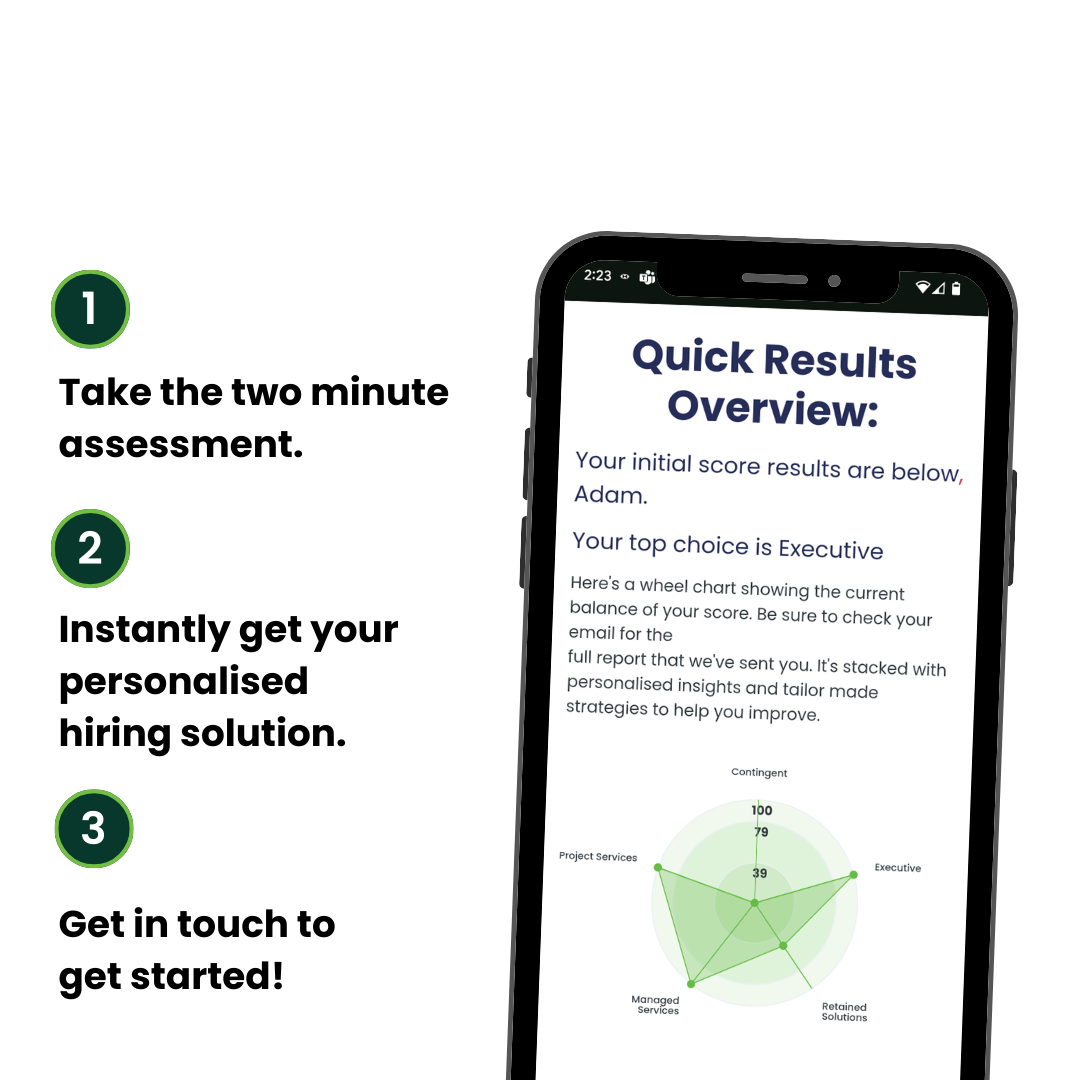An on-demand labour partner can be an invaluable resource for transforming your workforce to maximize profitability and optimize growth. Yet there is a big difference between companies that use on-demand labour tactically and those that use it strategically. On-demand labour is a model that connects businesses to workers only when their work is needed.
Here at Concept Resourcing, we can provide you with access to labour on demand through our very successful Project Services, Flexible Field and Concept Academy. You can maintain fewer full-time employees and still meet demands by quickly contracting qualified, tried and tested resources when the jobs arise. This benefits your business by spending less on guesswork and removing the risk.
Here are eight strategies to help get the most value from on-demand labour:
1. Prioritize the right types of work
Understanding which types of work are best suited for support via flexible resource and which are best for clients can help you deploy resources in the right place.
When dealing with on-demand workers, you need to make your expectations crystal-clear — even if the engagement is a short one. Make sure to define what skills and tools are required for the assignment. Let them know what deliverables equal a successfully completed job. By ensuring everyone is on the same page and all internal and external resource requirements are dealt with, you will avoid problems and challenges down the line.
2. Create competitive pricing and coverage plans
Many companies bid on projects based on their own historical data. But this approach does not always work well when using on-demand resource because rates can fluctuate dramatically by month and location. Even if you use a blended rate across high- and low-cost sites, you could be overpaying or underpaying for labour. In the long run, this approach can erode your competitiveness and profitability.
With access to flexible resource under an approved associate model, you can find labour on demand under a rate card that tracks the market but that also reacts to each request individually to garner the best price.
It is simple: you post a work opportunity, qualified resource bid on the opportunity, and you get to choose who works it. Combined with paying fewer full-time employees (which lowers your total cost), the flexibility of on-demand labour allows responding quickly to changes in demand.
3. Optimize your vetting strategy
When you send an employee on-site, you have confidence that they have been appropriately vetted. Chances are, you do not have the same vetting process in place for your contract workers. And if you do, the process is likely inconsistent, manual, or time-consuming.
The advantage of using an on-demand resource partner is that the vetted workers are available when the demand is high. For workers, they do not have to commit to one company. The worker can also remain in control of their time. They make more money and can boost their skill / CV.
Look for an on-demand labour partner that can provide vetted technicians using field-verified metrics such as work history, past project references and reviews by type of work.
Some partners even enable you to screen techs for future projects using predetermined criteria to further streamline the process.
4. Automate reviewing and approving work
It is not uncommon for companies to spend as much as 30 percent of their time reviewing and approving work orders. Some businesses manually review and approve every work order, even for straightforward projects that do not require follow up.
Companies that have strategically implemented an on-demand workforce use tools designed for reviewing and approving work at scale. By only spending time on work orders that require extra time or attention, you can increase the bandwidth of your team — without adding headcount. An on-demand labour solution might not be a good fit for companies who never face volatile demand, or who are dependent on a few highly skilled employees to service their equipment.
5. Integrate with key systems
Integration with key systems, such as your remote monitoring and management (RMM) system and other ticketing software is also critical. Without this integration, teams do duplicate work and manually manage processes that could be automated.
Integrating your on-demand labour with your business systems can help your company:
- Increase operational team efficiency,
- Scale for growth,
- Reduce manual touchpoints,
- Take advantage of the latest functionality with ongoing maintenance and upgrades,
- Work from one source.
6. Continue to support your internal talent
Some of your full-time employees may feel threatened when you decide to bring on an on-demand workforce. Show your employees how they benefit from your partnership with an on-demand labour partner. With the help of on-demand workers to handle on-call or same-day projects, employees can focus on long-term, strategic work. Plus, coaching or managing contract workers can be an excellent development opportunity for your employees.
7. Cultivate cross-functional alignment
Service delivery excellence depends on cross-functional alignment. All functions — including sales, operations, finance, and legal — must be strategically aligned around how you will serve customers. That is why it is essential to gain buy-in on how you will deploy on-demand field service talent. Ensure all stakeholders understand the value of on-demand labour to your organization, how you will engage with on-demand labour resources, what types of projects you will use on-demand labour for, and how you will measure success.
8. Think long term
Your relationship with an on-demand labour partner is a long-term collaboration rather than a one-time event. Companies that set up an ongoing support system achieve greater success. A holistic approach that addresses quality, cost, coverage, and experience will position your company for long-term, scalable success.
How to leverage on-demand labour
To drive meaningful change and innovation in your labour model, you need to embrace new ways to work that benefit your business and help you become more competitive. Some of the advantages to on-demand resource for employers is the reduced risks involved with hiring employees, flexibility and in many cases cost saving. A significant advantage for the on-demand workers is that they can remain in control of their time.
On-demand staffing is the way of the future. Using these models can revolutionize your company’s ability to react to market change. If you have open positions that are not filled, and they need additional help, try staffing your company with on-demand workers.


